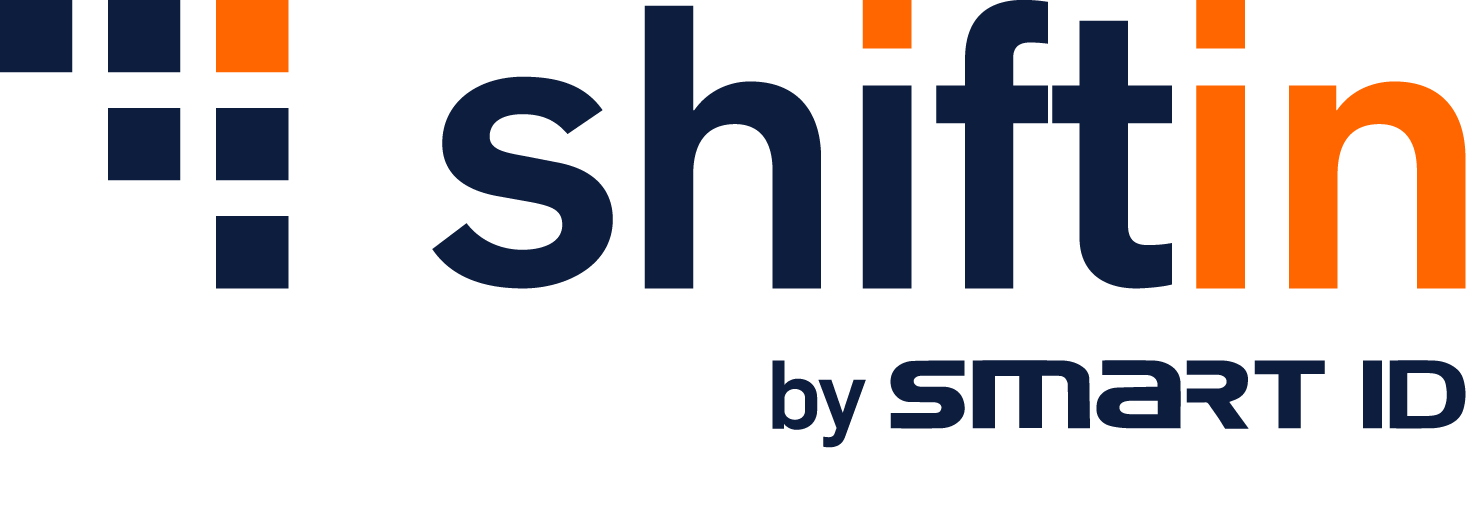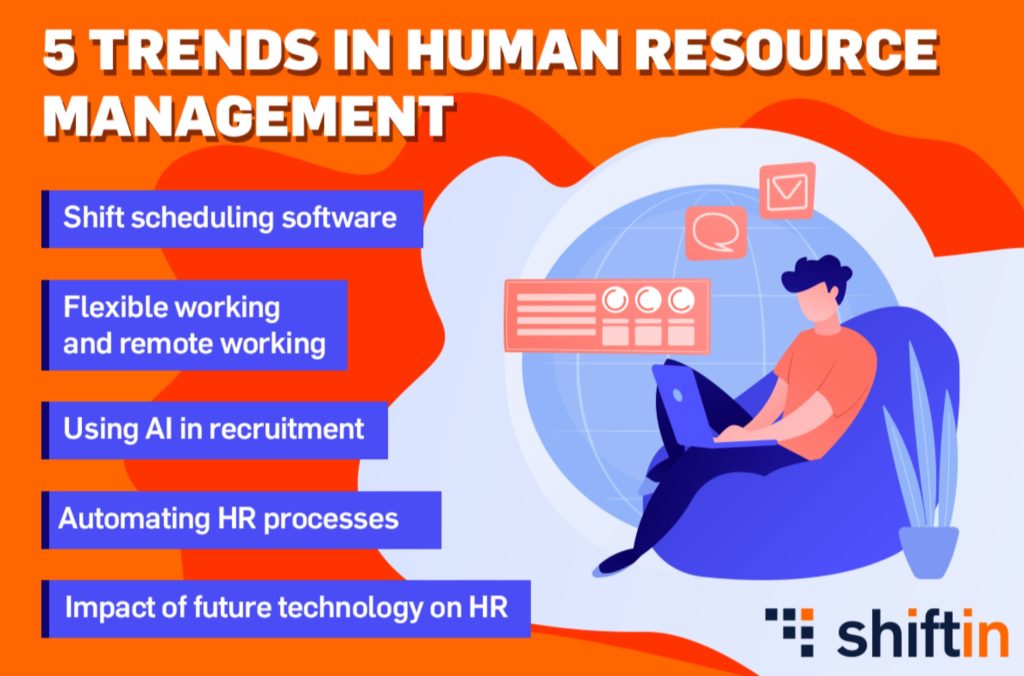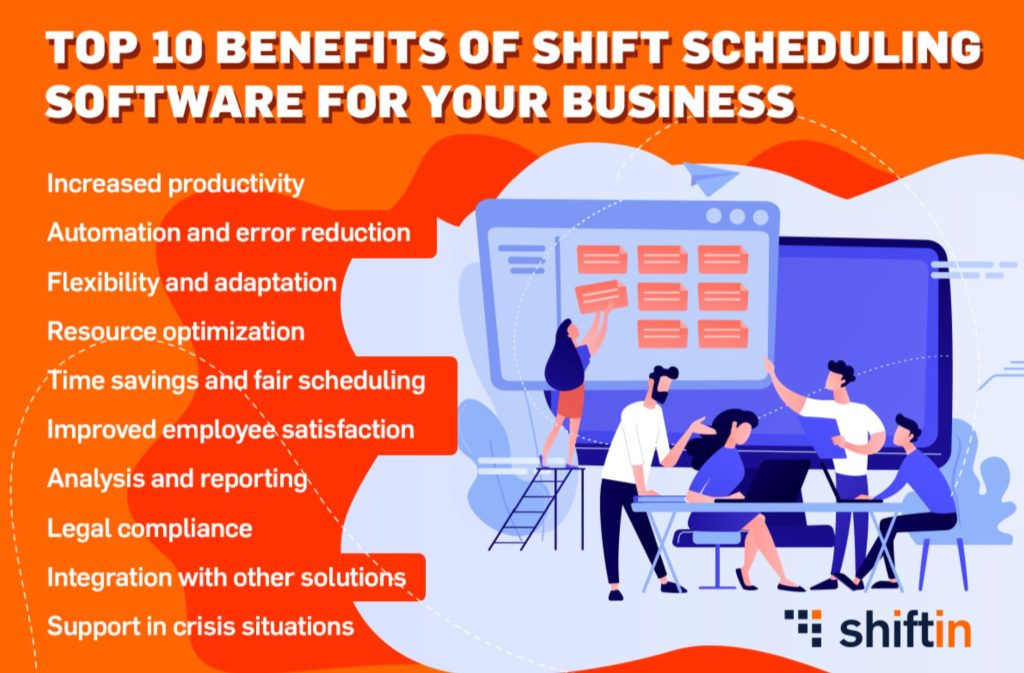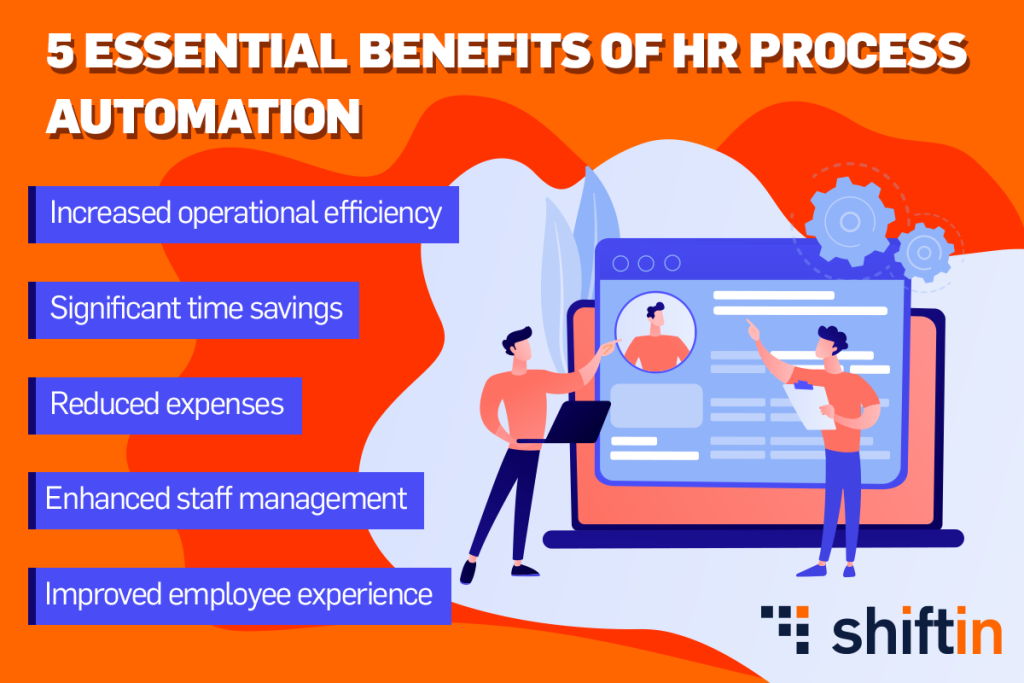- Diferențele dintre planificarea manuală și cea automatizată a turelor de lucru
- Avantajele cheie ale unui software de planificare automatizată a turelor
- De ce software-ul de automatizare a turelor este o investiție esențială pentru viitorul afacerilor
Programarea turelor poate fi un factor decisiv major pentru productivitatea unei organizații și satisfacția angajaților. În mod tradițional, procesul a fost gestionat manual, forțând managerii să echilibreze adesea factori precum disponibilitatea personalului, nevoile companiei, situațiile zilnice neprevăzute care implică personalul și cererea generală de servicii.
Cu toate acestea, odată cu introducerea software-ului automatizat de planificare a turelor, companiile asistă la o schimbare de paradigmă în modul în care este gestionat acest proces. Care sunt mai exact diferențele dintre programarea manuală și cea automatizată și de ce este automatizarea viitorul gestionării forței de muncă?
Diferențele dintre planificarea manuală și cea automatizată a turelor de lucru
Programarea manuală presupune crearea manuală a planurilor de ture, adesea folosind tabele Excel. Acest proces este adesea consumator de timp și foarte predispus la erori. Managerii trebuie să fie în permanență conștienți de disponibilitatea angajaților lor și să ajusteze turele atunci când apar complicații. De asemenea, ei trebuie să fie mereu la curent cu cele mai noi legi și legislații în domeniul muncii, ceea ce necesită timp și resurse. O singură neglijență poate duce la un exces sau un deficit de personal, ceea ce poate duce la o serie de probleme pentru întreprindere. programarea manuală oferă puțină flexibilitate, făcând din schimbări o sarcină frustrantă pentru manageri și angajați.
Programarea automatizată utilizează un software modern pentru a genera planuri de ture cu o interacțiune minimă a utilizatorului. O soluție software pentru automatizarea turelor ia în considerare o varietate de parametri ajustabili, inclusiv disponibilitatea personalului, preferințele pentru ture, experiența abilităților și așa mai departe. Sistemele bazate pe algoritmi pot construi rapid programe care maximizează alocarea resurselor.
În plus, poate răspunde rapid la schimbări, asigurându-se că modificările de ultim moment sunt fără cusur și fără erori. Ca rezultat, programarea automată elimină durerea de cap a planificării umane, îmbunătățind în același timp considerabil productivitatea forței de muncă.
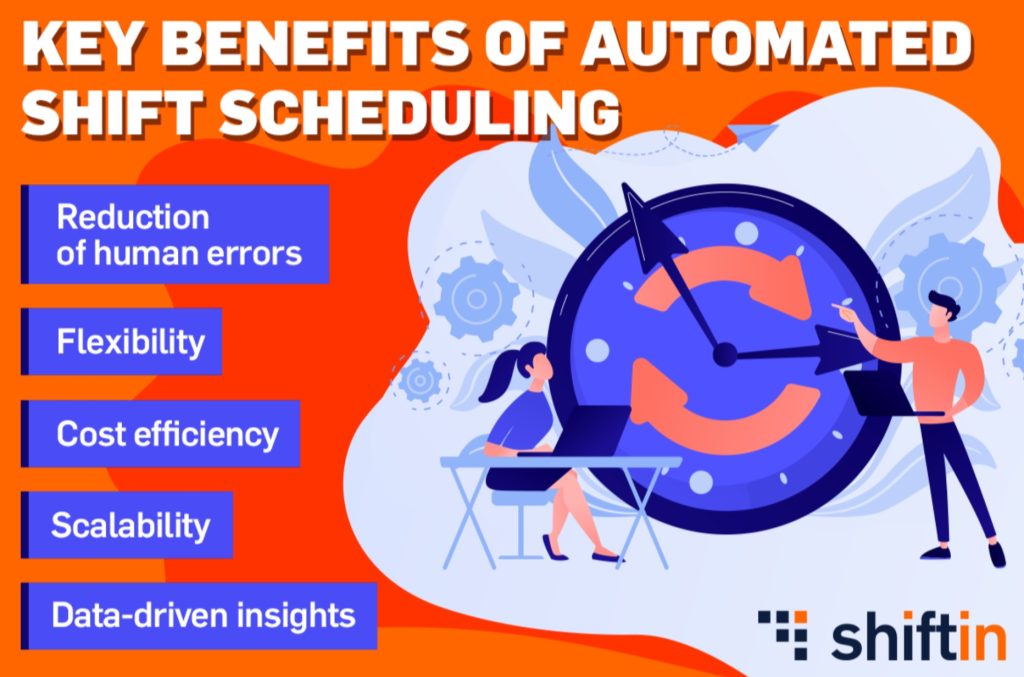
Avantajele cheie ale unui software de planificare automatizată a turelor
Un software de planificare automatizată a turelor aduce numeroase beneficii pentru companii, contribuind semnificativ la eficientizarea operațiunilor. Printre avantajele principale se numără reducerea erorilor umane prin eliminarea gestionării manuale și creșterea preciziei, ceea ce reduce sarcinile administrative și simplifică programarea. Flexibilitatea oferită de un astfel de sistem permite adaptări rapide în timp real, iar reducerea costurilor devine posibilă prin optimizarea alocării personalului. Iată care sunt marile beneficii ale unui software de planificare automatizată a turelor.
Reducerea erorilor umane
Greșelile sunt inevitabile atunci când programele sunt gestionate manual. Software-ul de programare automatizat elimină acest risc. Sistemul ia în considerare variabile care sunt obligatorii din punct de vedere legal, dar care pot fi, de asemenea, personalizate. Precizia oferită contribuie la reducerea sarcinii administrative a managerilor și fluidizează operațiunile zilnice.
Flexibilitate
Natura muncii în schimburi necesită adesea ajustări rapide. Sistemele automatizate sunt concepute pentru a fi adaptabile. Acestea permit actualizări și ajustări în timp real, indiferent de cât de rapide sau neașteptate sunt schimbările. Această versatilitate este esențială pentru asigurarea continuității fără dificultățile obișnuite asociate cu modificările manuale.
Reducerea costurilor
Programarea automatizată optimizează alocarea forței de muncă, prevenind excesul și deficitul de personal, reducând în același timp cheltuielile cu forța de muncă. Sistemul economisește atât timp, cât și resurse, ceea ce îl face o investiție excelentă pe termen lung.
Scalabilitate
Procedurile manuale de planificare fac din ce în ce mai dificilă gestionarea unei forțe de muncă în creștere pe măsură ce afacerile se dezvoltă. Software-ul automatizat de planificare se adaptează rapid la un număr mai mare de angajați și la modele complexe de ture, permițând firmelor să funcționeze eficient pe măsură ce se dezvoltă. Sistemul are capacitatea de a se adapta cu ușurință, permițând extinderea fără efort administrativ suplimentar.
Concluzii generate de date
Sistemele automatizate generează frecvent date și informații utile. Managerii pot emite judecăți mai bine fundamentate cu privire la programarea viitoare și gestionarea forței de muncă prin revizuirea anumitor parametri relevanți, care pot include rapoarte privind performanța angajaților. Aceste informații permit firmelor să gestioneze mai bine resursele și să descopere tendințe care pot ajuta la planificarea pe termen lung și la eficiența operațională.
De ce software-ul de automatizare a turelor este o investiție esențială pentru viitorul afacerilor
Companiile apelează din ce în ce mai mult la transformarea digitală pentru a rămâne competitive: Software-ul automatizat de planificare a turelor devine o investiție esențială. Programarea manuală pur și simplu nu poate funcționa la viteza la care funcționează piața globală a afacerilor. Investiția în acest tip de software de automatizare contribuie la asigurarea faptului că companiile sunt pregătite pentru viitorul muncii.
Soluție scalabilă
Automatizarea turelor este o abordare extrem de scalabilă. Gestionarea unui personal în creștere prin metode manuale de planificare devine dificilă. Software-ul automatizat de programare poate gestiona cu ușurință un număr mare de personal, răspunzând în același timp în mod dinamic nevoilor atât ale echipelor mici, cât și ale companiilor mari. Această scalabilitate asigură faptul că firmele se pot extinde fără a suporta costurile administrative care vin adesea odată cu creșterea forței de muncă.
Eficiența costurilor
Deși costul inițial al instalării unui astfel de software poate părea ridicat, beneficiile pe termen lung depășesc cu mult investiția inițială. Companiile pot reduce timpul alocat sarcinilor administrative, optimizându-și în același timp forța de muncă. În plus, prin alocarea mai eficientă a resurselor, companiile pot preveni excesul de personal în perioadele lente și deficitul de personal în sezoanele aglomerate, ceea ce are un impact direct asupra profiturilor.
Explorează beneficiile unui software automatizat de programare a turelor cu mindclass, o platformă care reduce costurile de programare ale echipei tale cu până la 72%.
